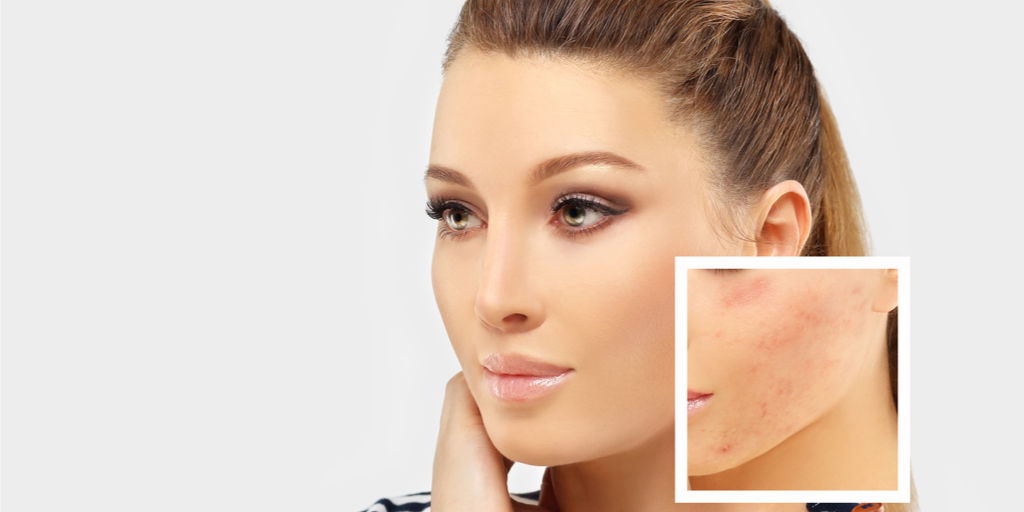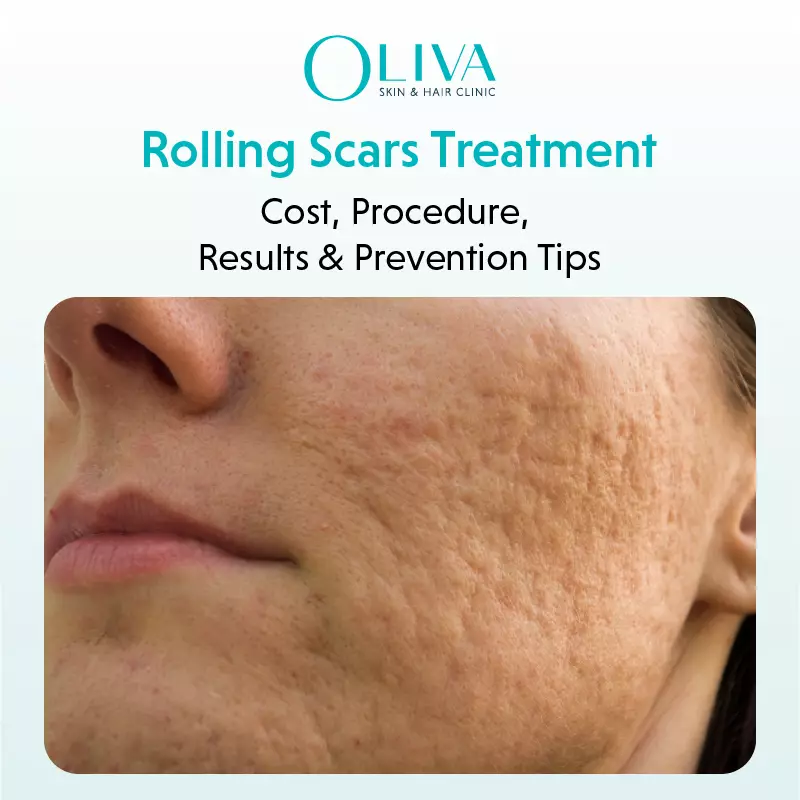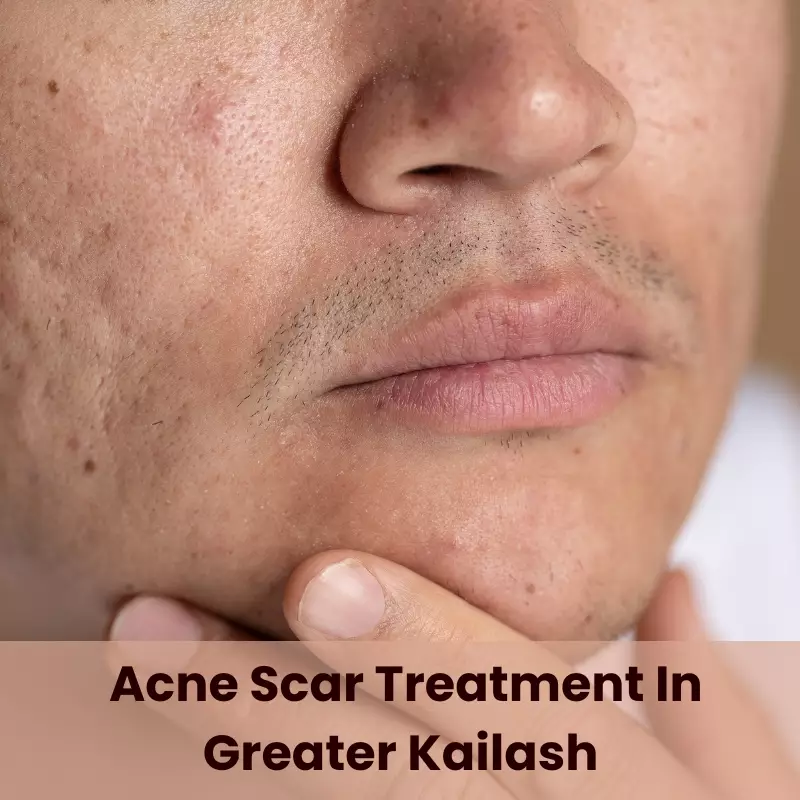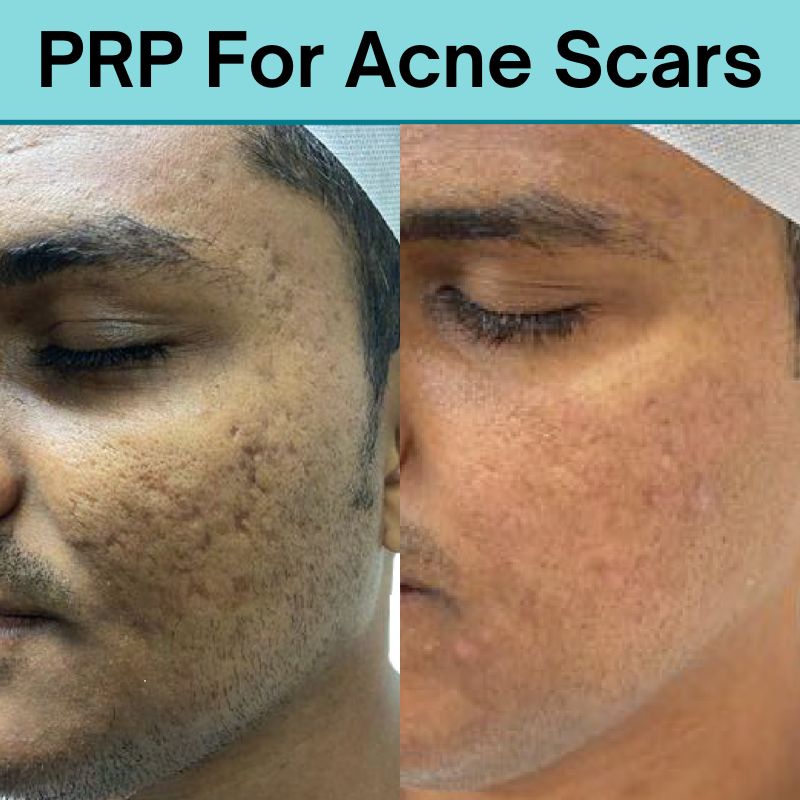What Are The Different Types Of Scar Tissues & How To Get Rid Of Them?
Scar tissues can be formed due to injury or trauma. They can be painful at first and if they are present at a noticeable spot, then it becomes displeasing. These scar tissues not just mar your appearance but hamper your self-esteem too. The appearance of these scars can be reduced and even removed completely. Consult an expert dermatologist to understand the treatment options for your particular scar tissue.
What Is Scar Tissue?
To understand the meaning of scar tissue, it is firstly important to know some facts about the skin structure. The skin is composed of three layers – epidermis, dermis, and hypodermis. These layers are supported by the connective tissue collagen (and elastin) that determines its strength and flexibility. When the skin experiences trauma in the form of a cut, wound, burn, incision (for surgery), etc., the injury goes beyond the epidermis to the dermal layer.
When such a skin injury heals, the body first develops a blood clot and this clot is replaced by the connective tissue protein called collagen, which fills in the space created by the wound. The collagen fibers are layered haphazardly leading to the formation of unsightly scar tissue. This scar tissue has reduced circulation, flexibility, and hair follicles compared to the surrounding skin. It appears different from the skin around it and can be depressed, at the skin level or raised. Any part of the body can be affected by different kinds of scars like
- Acne scars on the facial areas such as the cheeks or forehead
- On the face from a cut
- On the abdomen due to surgery
- On the buttocks due to a wound
- On the hand or arm from a burn
- Scar tissue after laparoscopy
- On the lower abdomen after C-section delivery
Also Read: How To Find The Best Dermatologist For Scar Removal Treatment?
Different Types Of Scar Tissues
Scar tissue on the skin looks different depending on the type of trauma/injury that has led to the scar. The development of the scar is also dependent on the skin tone of the person. The following are the various types of scars seen –
(i) Hypertrophic Scars – When the body produces more than the required amount of collagen during the healing process, a raised scar can be formed. This is called as a hypertrophic scar and becomes less raised over time.
(ii) Keloid Scars – Keloid scars are formed due to excess of a protein (collagen) and grows further beyond the boundary of the wound. The texture and appearance of keloids are very peculiar and it can be easily differentiated from a hypertrophic scar. People with darker complexion have higher chances of developing this type of scar.
(iii) Atrophic Scars – A scar that is present below the skin level appears sunken and is called an atrophic scar. A common example of this is acne scarring that forms pot-marks on the skin.
(iv) Contracture Scars – This type of scar is formed due to a burn wherein the skin is pulled inwards and has a puckered appearance.
(v) Stretch Marks – These are technically scars that form due to over-stretching of the skin, which is also a type of trauma that the skin experiences. They appear reddish in the initial stages and then transform to a silvery-white color.
Problems Associated With A Scar Tissue
The major complication of scar tissue is the possibility of the formation of adhesions inside the body. Adhesion is basically scar tissue that forms internally in the body and can attach organs together or limit joint movement. This produces various side effects of the scar tissue like –
- Nausea
- Vomiting
- Pain (e.g. pain in the abdomen or pelvis due to abdominal adhesions, pain in the knees due to scar tissue near the joint, etc.)
- Bloating
- Constipation or bowel obstruction
It is vital to get rid of these complications by getting rid of scar tissue under the skin, as soon as any signs are observed. Your dermatologist would determine a suitable scar tissue treatment.
Can The Scar Tissue Be Removed?
Yes, scar tissue on the skin can be removed and the skin can be restored to its former smooth and blemish-free appearance. Powerful and effective treatments can be availed at a skin clinic for better and faster results. Based on the dermatologist diagnosis of the scar tissues, an effective treatment course can be formulated.
How To Cure Scar Tissue?
-
- Laser Treatment For Scar Tissue – One of the best treatment to remove scar tissues on almost every part of your body. Pulsating beams of light are used to remove the damaged top layers of the skin, thus removing the scar tissue which will renew the production of fresh collagen. As the damaged skin is exfoliated, the fresh skin layer comes up to the surface. This skin is free from blemishes and is smooth in appearance. Laser treatment can be used to dissolve scar tissue of different types with just a few numbers of sessions. The treatment is painless and does not involve any major side effect. Minor side effects such as redness and swelling are common but transient.
- Corticosteroid Injections For Scar Tissue – In the case of hypertrophic scars, the size of the scar can be reduced by injecting corticosteroids directly on the scar. Depending on the scar, the dermatologist will decide the quantity and type of corticosteroid to use. These injections can also be used to treat keloid scars.
- Fillers For Depressed Scars – The space created by an atrophic scar can be filled up using dermal fillers such as collagen injections. While fillers are efficient in producing results, they do not offer a permanent solution to the problem. The effects of a filler injection can last between 6-12 months.
- Dermabrasion For Scars – In dermabrasion, an almost-sandpaper like instrument is used to exfoliate the top layers of the skin and to improve blood circulation to the affected region. The procedure can be painful and lead to the skin forming bruises or scabs. While it is an effective method of treatment to fix scar tissue, its unwarranted side-effects need to be researched thoroughly before opting for this procedure.
- Ultrasound Treatment For Scar Tissue – Scar tissue formed due to sports injuries is often treated using ultrasound therapy. Ultrasound waves are used to target scar tissue to enhance healing and repair. Its exact mechanism of action is not known.
In addition to these methods, a dermatologist may also prescribe you with topical ointments or gels in the initial stages to see if these can create any visible results on your scar tissue. To get rid of scar tissue in muscles or any internal areas, surgery is required.
Also Read: Laser Skin Resurfacing – Benefits & Cost
How To Prevent The Scar Tissues From Leaving A Permanent Mark?
It is practically not possible to completely prevent scar tissues from forming, as this is a part of the natural healing process of the body. Nevertheless, there are some steps that you can undertake to aid the healing process and minimize the scar’s intensity. These are –
-
-
- Do not use hydrogen peroxide or iodine to clean the wound as these can interrupt with the healing process.
- Use only a gentle soap and lukewarm water to clean the site of injury.
- Whenever you step out, cover the injury with a bandage to prevent UV damage.
- Speak to your doctor to know more about any gels or pressure bandages that can be used during the healing process of the wound.
-
FAQs
-
-
- Can Scar Tissue Cause Pain?
-
Yes, scar tissue can cause pain when it forms close to the joints like near the knees or shoulders.
-
-
- What If My Scar Tissue Is From An Old Injury?
-
Scar tissue from both old injury and new injury can be treated with advanced dermatological methods. During the consultation with the dermatologist, make sure to inform him/her about how old or new your scar is.
-
-
- Is Scar Tissue Permanent?
-
No, with the latest technologies like laser skin resurfacing, scar tissue is not a permanent skin concern anymore. It can be reduced and also in many cases removed permanently.
-
-
- Can Scar Tissue Feel Like A Hard Lump?
-
Yes, in certain scenarios such as after breast cancer surgery, scar tissue formed around fat in the breast can feel like a hard lump. It is best to speak to an oncologist for further clarity about this scenario.
-
-
- How Long Does Scar Tissue Take To Heal?
-
It can take a couple of days to up to 18 months for a scar to heal completely. This depends on the depth and length of the scar.
The aesthetic appeal of the skin is of primary importance when trying to eliminate scar tissue. An expert dermatologist at a good skin clinic can help you determine the treatment options that are suitable for you. Don’t let the scar tissue be the cause of embarrassment for you.











